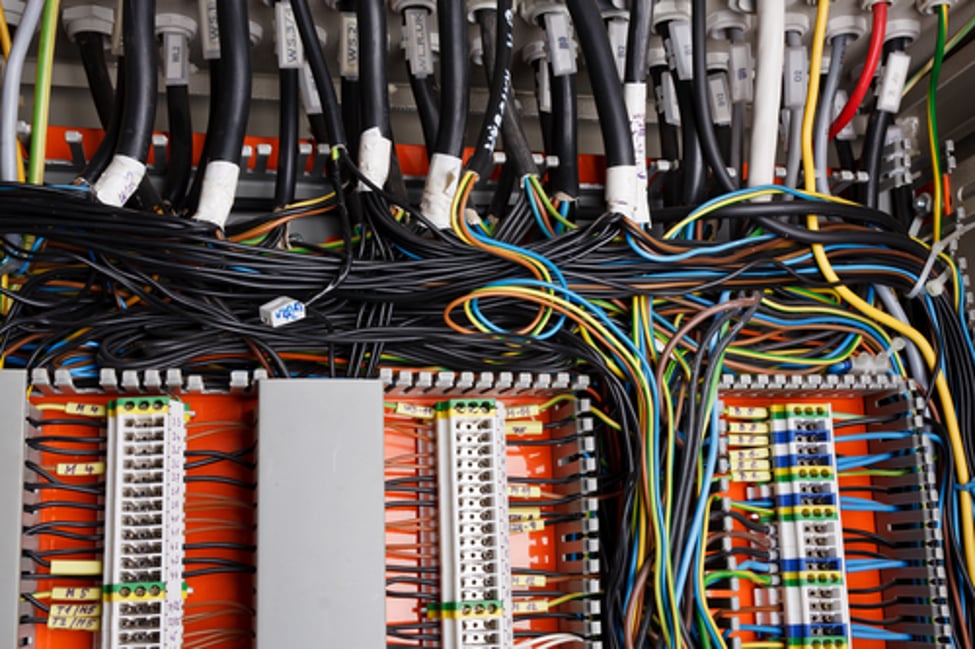Aluminum wiring was used extensively in homes that were built in the 1965 to 1976 timeframe. It was the wiring of builder-choice due to the significant savings when compared to the cost of using copper. When a number of fires occurred in houses that were built with aluminum wiring, the public and some industries were quick to place the blame on the aluminum. Builders embraced copper as the standard wiring for homes that were being built in the later part of the 70s. Then in the 1990’s, aluminum wiring reappeared on the scene in some newer homes.
Why did builders go back to aluminum wiring in the last 20 years? Simple. Aluminum wiring IS safe. The problem was never the quality of the aluminum wiring. The issues stemmed from the connection points of the installation. When aluminum wiring was first used, the connection points on electrical equipment such as panel breakers, light switches and receptacles had copper terminations. Aluminum and copper expand and contract differently when placed under electrical load. As a result, connections became loose which then created sparking, arcing and a build up of heat. These factors made it possible for a fire to occur if the problem continued undetected.
Major improvements have been made in the wiring and electrical industries over the past 40+ years. However, the problems from the previous years left an impact with insurance companies, homeowners and consumers. Aluminum wiring still carries a negative stigma for many people, buyers being a large portion of this group. Some insurance companies, to this day, will refuse to issue policies to purchasers of these older homes unless the safety of the installation can be supported.
The best proactive step that a homeowner can take, for ensuring that the aluminum wiring installation is safe, is to have an electrical inspection performed by a qualified professional. This licensed electrical contractor should be knowledgeable in the techniques for repairing and working with aluminum wiring. Based on the findings of the electrical contractor, an assessment is created and any necessary repairs should be undertaken. Once the contractor is satisfied with the wiring implementation, they will submit a request to the Electrical Safety Authority (ESA)to have a final inspection completed. The ESA will issue a Certificate of Inspection, when they have confirmed that the wiring meets the Ontario Electrical Safety Code. Homeowners should request that they receive a copy of the ESA Certificate of Inspection and ensure that this is placed in a safe location. The ESA certificate is an invaluable document—not only for your peace of mind, but for any buyers of your property should you decide to sell in the future.
For additional information on ESA, please visit http://www.esainspection.net/Corporate/index.php
- Submenu for Blog Details
- Home
- Communities
- Sellers
- Buyers
- Map Search
- Blog
- About
- Contact

